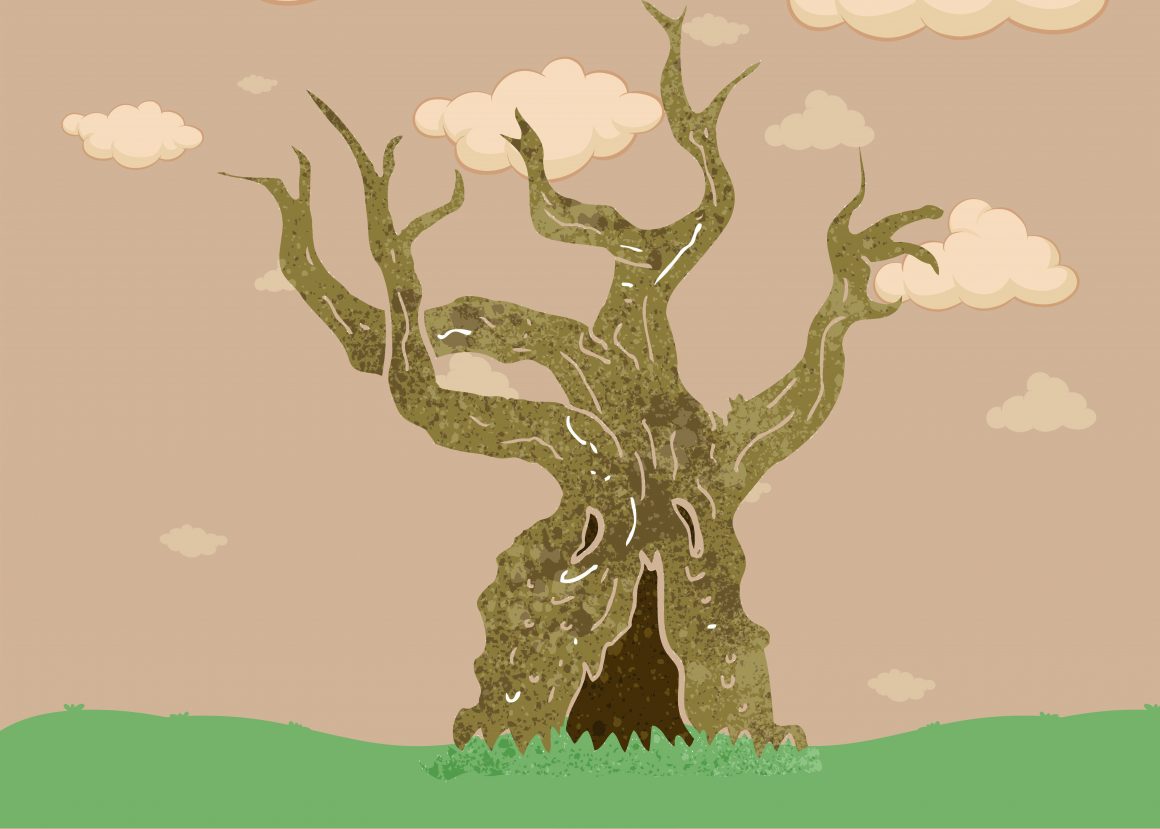
Ancient tree from before dinosaurs discovered in New Brunswick
By Nimra Amir, March 14 2024—
Sanfordiacaulis densifolia, an ancient tree that lived during the Mississippian, was discovered by St. Mary’s University graduate students Olvia King and Matthew Stimson in Norton, New Brunswick at the Sanford Quarry. Yet because the deep sandstone under the lake means that no oxygen can promote decay, the Sanfordiacaulis — plunged into its depths by earthquake-triggered landslides — was dug out with branches and leaves.
“What it really does look like is one of those truffula trees from The Lorax,” said King.
The Sanfordiacaulis like the truffula, is only somewhat taller than humans at about three metres with its spindly stem poking through the dense mop of long leaves.
Cindy Looy, a professor at the University of California, Berkeley, who teaches paleobotany and who studies how ancient plants responded to major environmental changes — such as mass extinctions and deglaciations — had compared the Sanfordiacaulis to a gigantic umbrella.
“It’s different than anything we see today,” said Stimson.
To begin to identify the tree, King and Crimson had started to send photos to experts in fossil plants like Robert Gastaldo, an emeritus professor at Colby College in Waterville, Maine and Adrian Park, a geologist with the New Brunswick Department of Natural Resources and Energy Development.
It was concluded that the tree lived during the Mississippian, an early part of the Carboniferous period, which occurred before dinosaurs or even reptiles had evolved but along with when insects and salamander-like amphibians had colonised the land. New Brunswick, unlike today, was then surrounded by swampy forests that were supported by subtropical to tropical climates. There was then evidence of earthquake-triggered landslides at the fossil site but the researchers believe that the sediment that encased the ancient tree which prevented the Sanfordiacaulis from being flattened by any additional sediment which would have continued to pile overtop in the millions of years that followed.
While tall club moss trees and low undergrowth plants have been found in forests from the Mississippian, researchers had not yet found evidence of a middle layer of intermediate-sized trees, like those in the “subcanopy” of modern tropical forests — until this one showcased its mop of dense foliage.
Gastaldo said the ancient tree suggests that plants during the time had only recently colonized the land and consequently, were experimenting with many different forms and strategies. For the Sanfordiacaulis, its mop of dense foliage likely had the goal of capturing as much light as possible between the canopy and the undergrowth.
“We don’t see it before this time and we don’t see it after. So it’s a bit of a failed experiment,” said King in the case of the form taken by the Sanfordiacaulis.
But for its time, the Sanfordiacaulis did have some fleeting success — as researchers found even more specimens with branches and leaves that were previously collected. So, it was actually quite a common plant in its forest.
Plants, even today, are generally strange-looking. However, to find the Sanfordiacaulis was more than to find some strange-looking plant. Instead, this ancient tree provides the first evidence that forests were complex enough to have a middle layer of plants, even 350 million years ago, between the canopy and the undergrowth which indicates what the forest ecosystem was like.
